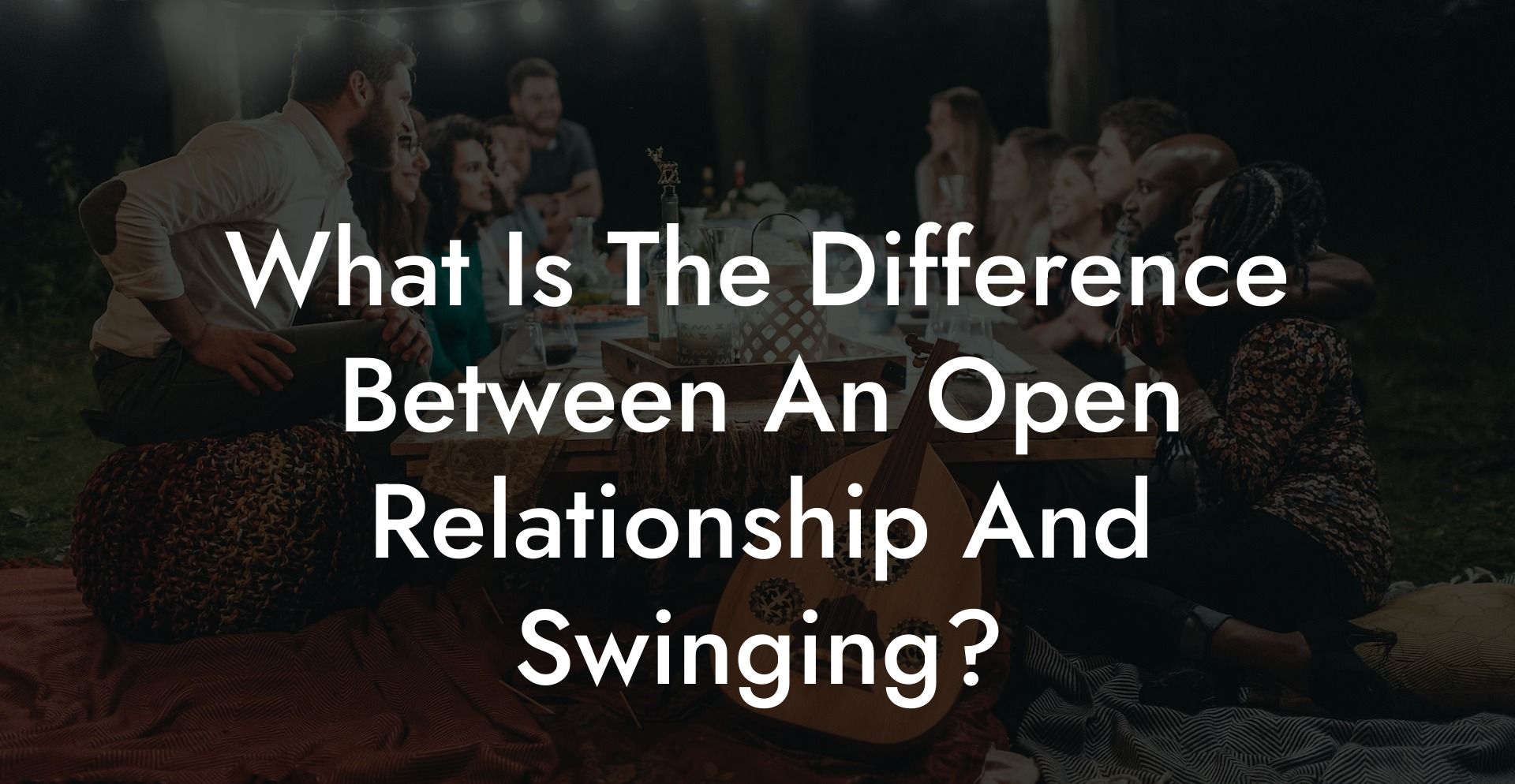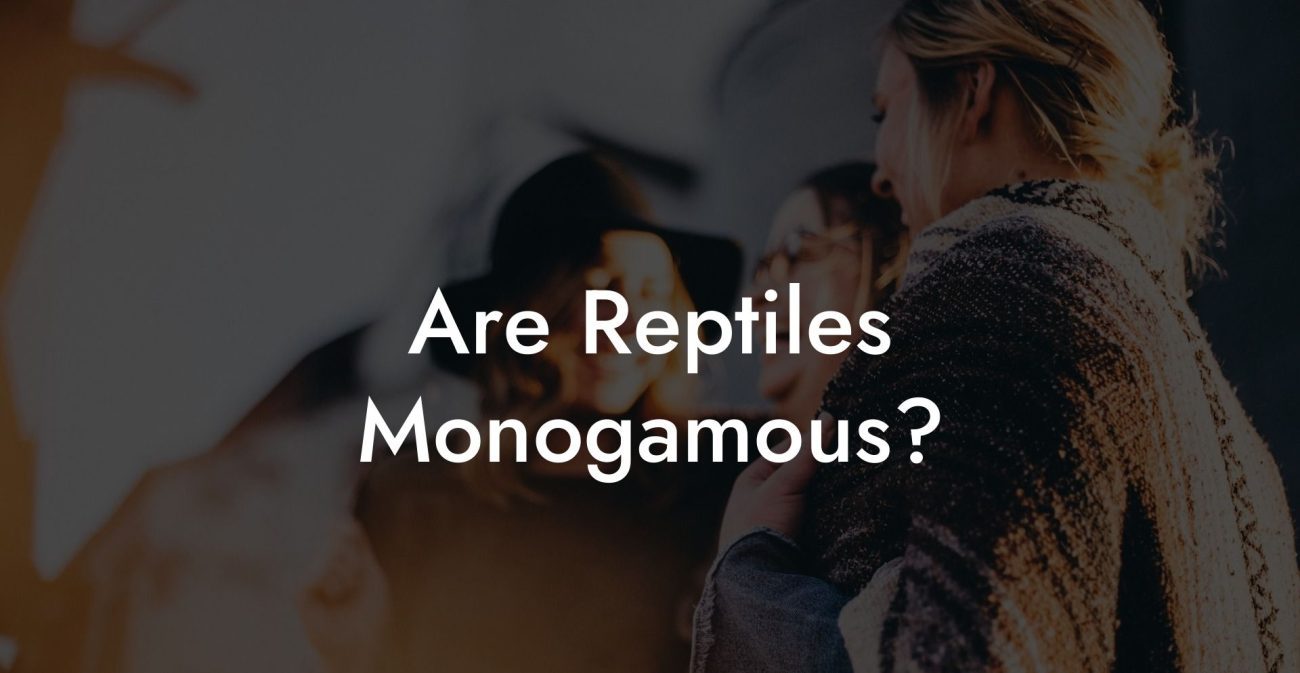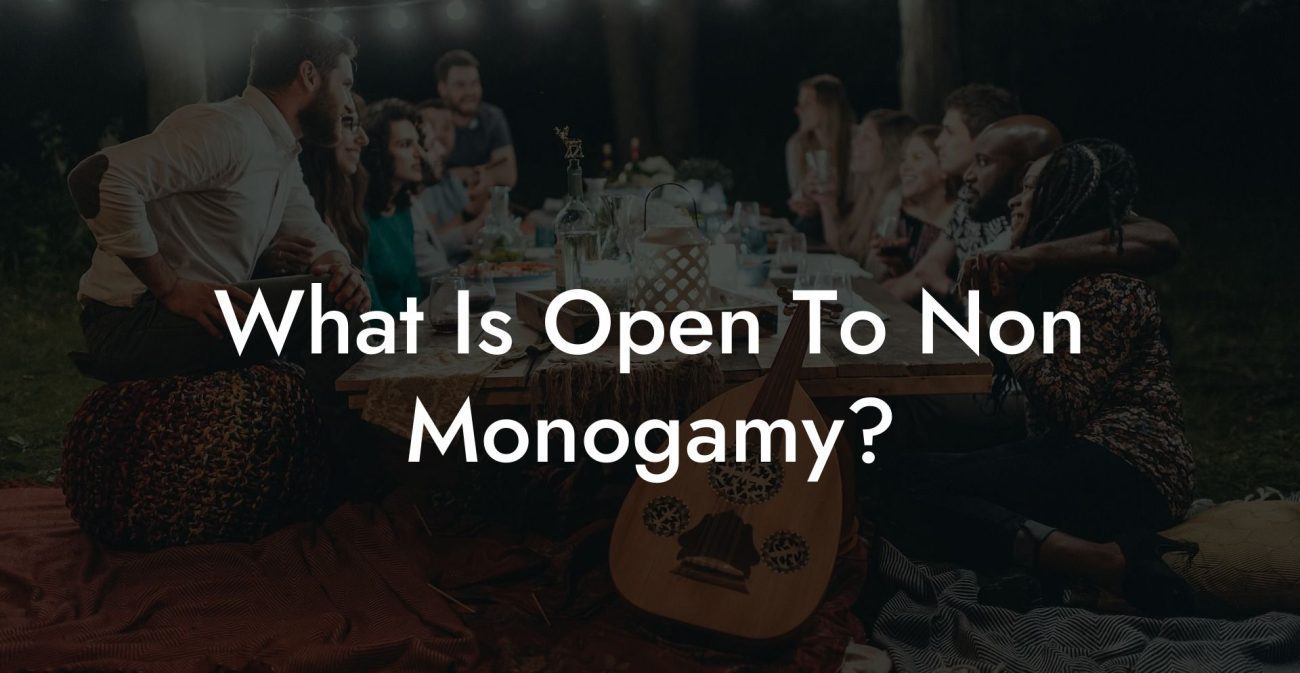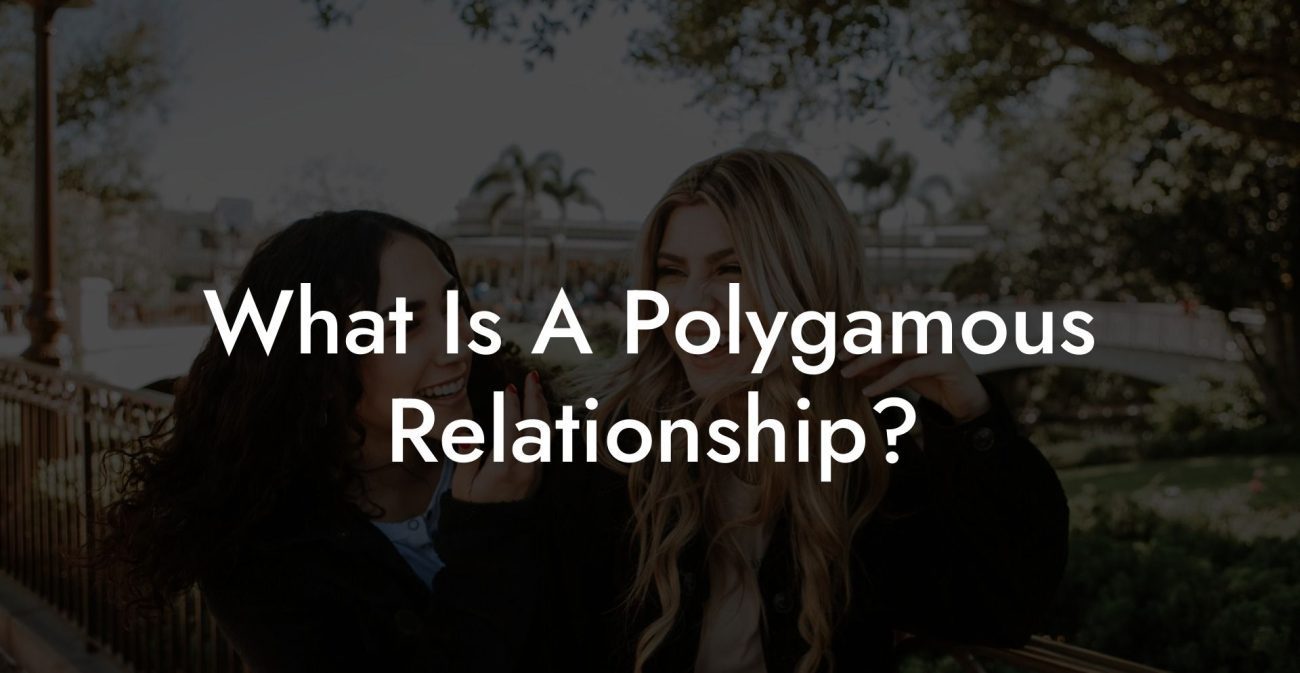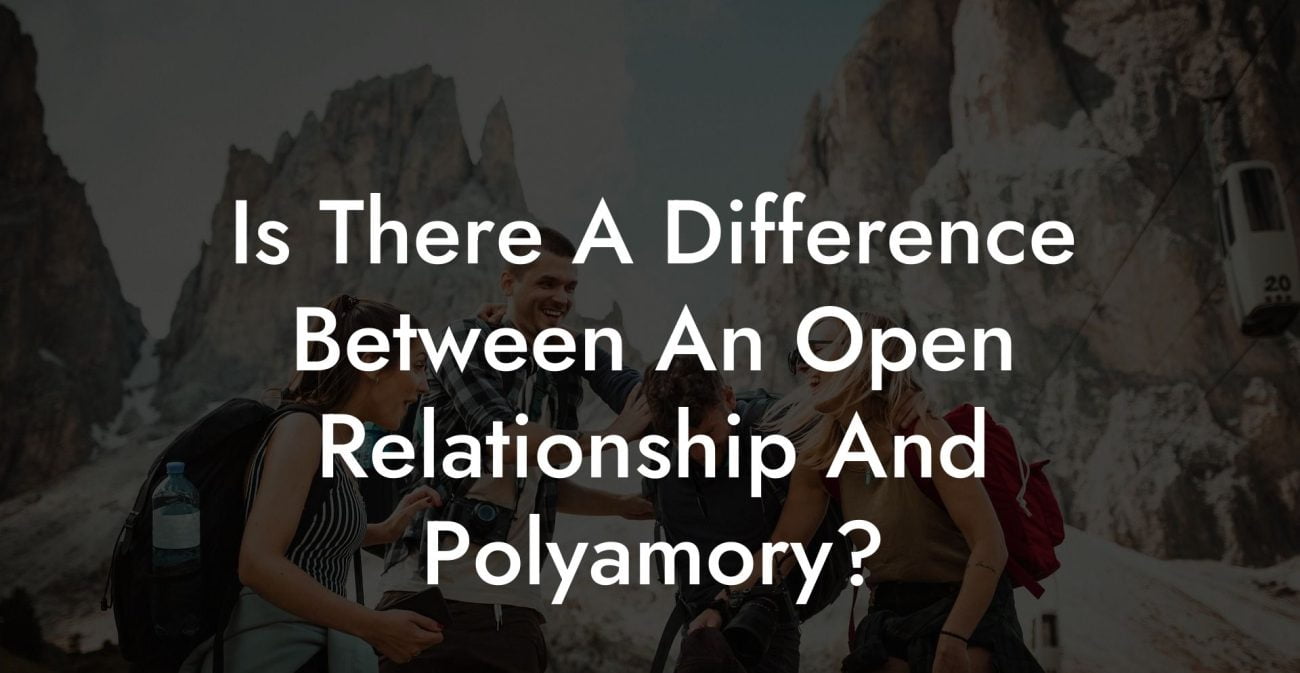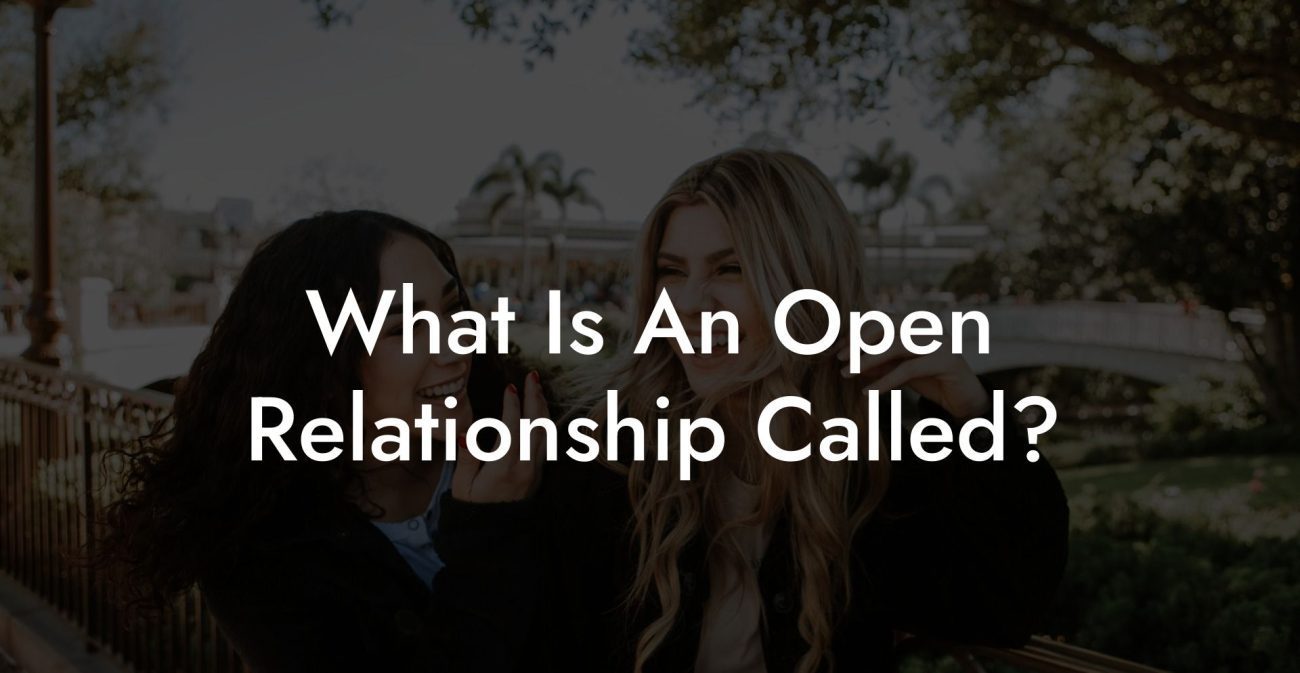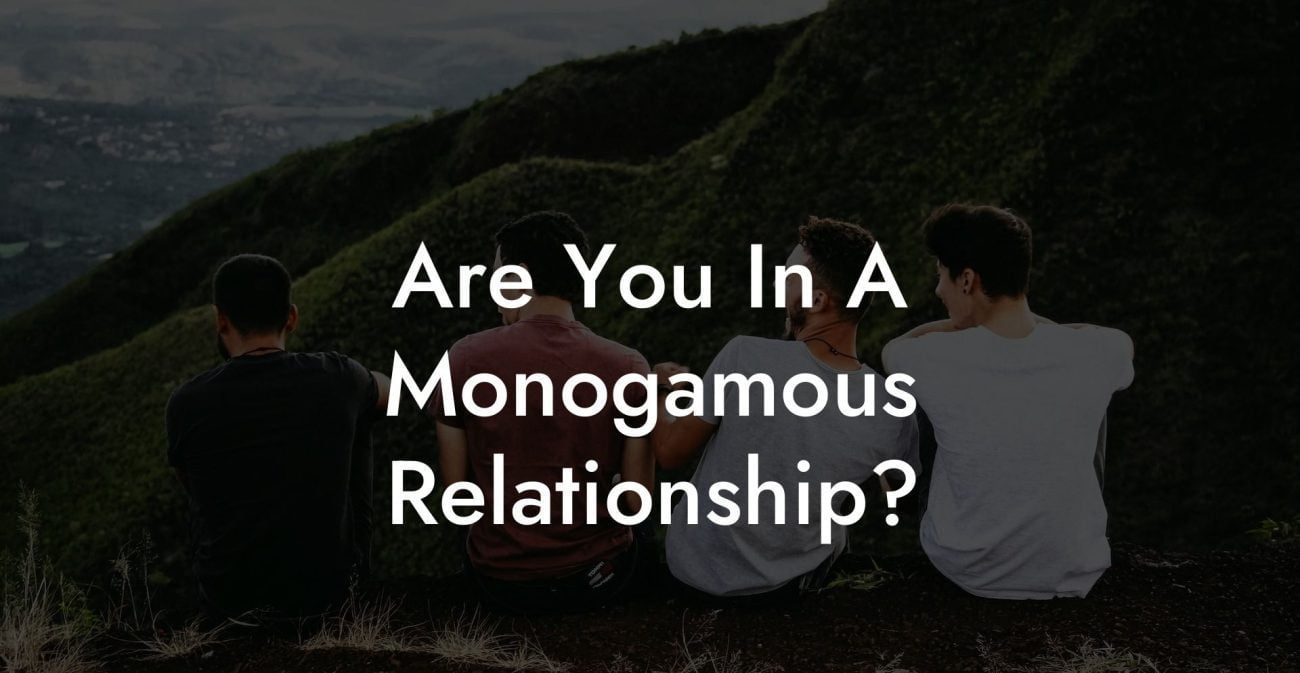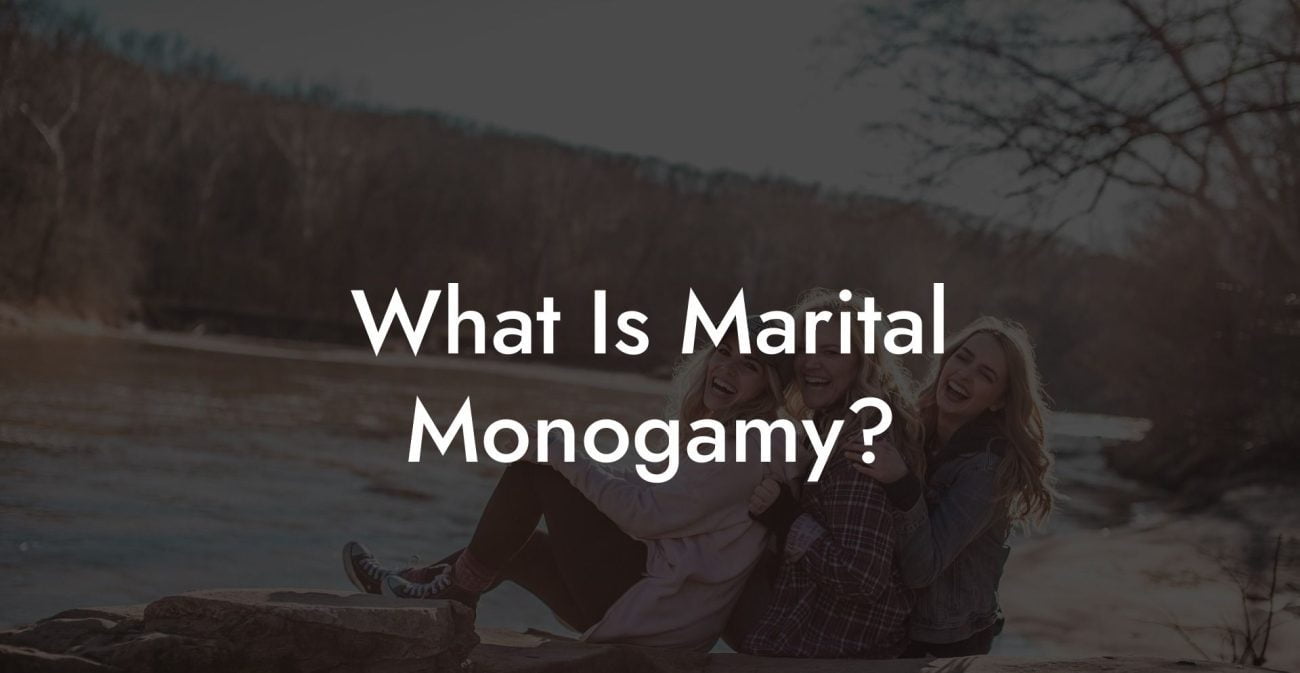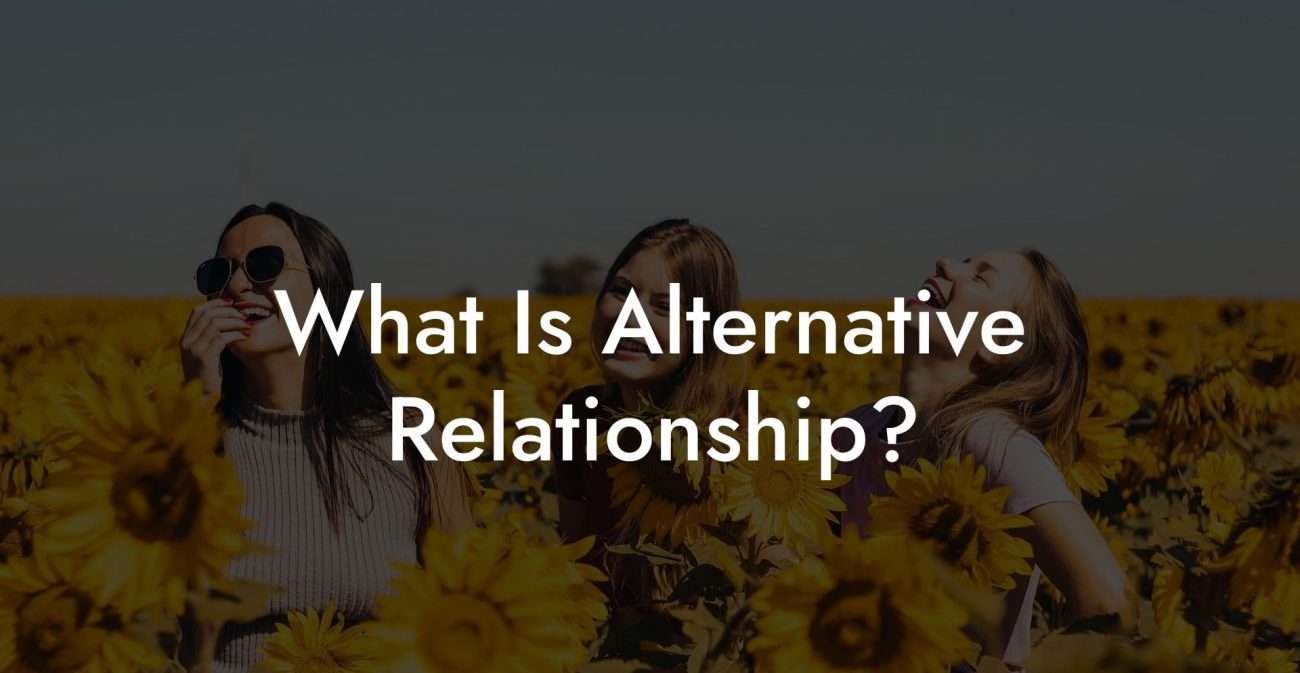Navigating the world of non-monogamy can be a daunting experience, especially when you come across different terms like open relationships and swinging. While both lifestyles fall under the umbrella of non-monogamy, they are unique in their own ways and cater to different needs and desires. In this article, we will explore the differences between these two relationship structures and provide an in-depth understanding of the advantages and challenges that accompany each. So, let's dive in and learn more about these two distinct non-monogamous lifestyles!
What Is The Difference Between An Open Relationship And Swinging Table of Contents
Emotional Connection with Outside Partners
Difference Between An Open Relationship And Swinging Example:
Definition and Structure
Open Relationship
An open relationship is a committed partnership where both parties agree to explore romantic or sexual connections with others outside of their relationship. The key element of an open relationship is the open communication between both partners. This relationship structure allows for individual freedom and growth while maintaining the emotional and romantic connection with the primary partner.
Swinging
Swinging, on the other hand, involves committed couples engaging in sexual activities with other couples or individuals, primarily for recreational purposes. Swingers prioritize their emotional connection with each other and treat the sexual connection with others as a shared experience. The focus is on the sexual aspect rather than forming deep emotional bonds with outside partners.
Rules and Boundaries
Open Relationship
In open relationships, couples create their own set of rules and boundaries that cater to each partner’s needs and preferences. These could include limits on the type and frequency of outside connections, using safe sex practices, and ensuring emotional transparency. Consistent communication and renegotiation of boundaries help maintain trust and respect.
Swinging
Swinging also includes specific boundaries that couples establish to ensure a healthy and fulfilling experience for both partners. Rules in swinging typically revolve around the sexual experiences, such as same-room play, only engaging in swinging activities together, or setting preferences on partner selection. Additionally, communication and respect for the rules are essential components in swinging.
Emotional Connection with Outside Partners
Open Relationship
Open relationships allow for the possibility of forming deeper emotional bonds with outside partners, in addition to sexual connections. This may involve dating, forming meaningful friendships, or even developing secondary relationships. The focus is on individual growth and exploration.
Swinging
In swinging, couples generally do not pursue emotional connections with their play partners. The primary focus is on the shared sexual experiences and maintaining their emotional bond as a couple. Some swingers may form friendships with other couples, but these connections are typically limited to the boundaries set within the swinging lifestyle.
Difference Between An Open Relationship And Swinging Example:
A couple in an open relationship may have individual dates with other partners, spend time getting to know them personally, and allow for emotional connections to develop. These outside connections should not threaten the primary relationship, as long as boundaries are respected and maintained.
A swinging couple may attend swinging parties or meet with other like-minded couples and engage in sexual activities as a shared experience. These encounters are recreational and focused on enhancing their sexual lives without forming romantic attachments to their play partners.
Understanding the differences between open relationships and swinging is essential when considering the non-monogamous lifestyle that best suits you and your partner's needs and desires. Both lifestyles come with their unique set of pros and cons, which requires open communication, trust, and respect for boundaries to foster a positive and healthy experience. Now that we've explored these two distinct relationship structures, we encourage you to share this post with others curious about non-monogamy. And don't forget to explore other comprehensive guides on The Monogamy Experiment, where we delve into various aspects of monogamy, non-monogamy, and polyamory – your ultimate source for information and guidance in navigating the world of relationships!

